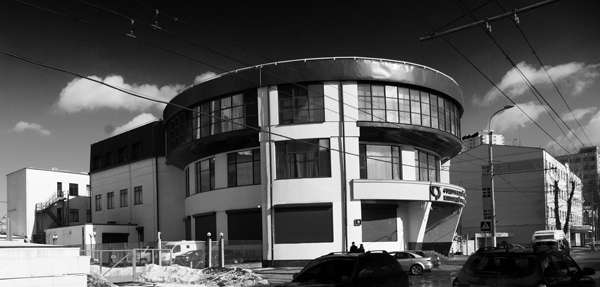Schloegel, Karl. Moscow 1937, Polity Press, New York, 2013, Trans by Rodney Livingstone (653pp.$35)
In the year of the Great Terror, a brilliant piece of reportage about America appeared in the Soviet Union and became in its time one of the most widely read bits of travel journalism, popular with everyone in Russia. The political newspaper Pravda commissioned two journalists, Il’ia Il’f and Evgenii Petrov, to travel in the United States and write an account of the country. Called “Little Golden America”, the resulting book was an unambiguous hymn of praise to America, with which the Soviet Union had a complex relationship—both countries curiously counterposed as God’s gift to mankind, and both threatened by Fascism. The authors met with Franklin Roosevelt, saw the electric chair at Sing Sin prison in New York, explored General Motors and met with countless Americans in different walks of life, from black singers and dancers in the South to hobos, working stiffs and religious leaders. Everywhere they went, the two journalists reported Americans’ intense interest in the Soviet project. After all, both countries had a dream.
The story of “Little Golden America” and its journalist authors is just one of many panoramic views of “total history” brought forth in Karl Schloegel’s revolutionary, majestic and groundbreaking new work, “Moscow 1937”. Compelling in every way (save perhaps in some if its stumbling translations from the German), the book startles the mind and stirs the imagination in the way that only poetry and music can sometimes do.
Take, for example, Schloegel’s brilliant analysis of the 1936 Moscow Directory (a kind of sophisticated phone book, cultural repository and government handbook), which brims with the names and addresses of people and things that were soon to disappear into the maw of the Great Terror, a situation that “encapsulates a moment in time in which the accusers and the accused, the perpetrators and the victims, the executioners and the executed of the morrow still sit side by side.” Or, on the macabre side, consider Schloegel’s inventory of the luxuries in the apartment of executed NKVD (Secret Police) head Genrikh Yagoda: 1,229 bottles of wine, mainly imported vintages from 1897, 1900 and 1902; 3,915 pornographic photos and films; and 11,057 imported cigarettes, including Egyptian and Turkish ones.
This great panorama of Moscow during 1937 (with views of 1936 and ’38) marries sweep with depth, analyzing (with photos) Moscow’s gigantic railroad yards; its massive construction projects, which mirrored those of Hausmann in 19th century Paris; and its efforts to turn rivers around, dig canals, destroy churches, mosques, and “old Moscow’s” many convoluted squares in favor of rationality and power.
Schloegel takes us inside the Census of 1937 to uncover its sinister purposes and goals (its bureaucrats were all executed), the great Pushkin Jubilee celebrations of February 937, the Party Plenum meetings, U.S.S.R. Pavilion at the International Exhibition of that same year, Soviet Deco architecture and the grand masked balls given by the NKVD in honor of its own activities.
Included in the book are unparalleled views of Soviet high society, the opening of the Moscow-Volga Canal (its engineers were all executed later), Soviet polar exploration and flight, and drama in the theater-mad city, all against the backdrop of fear, paranoia, denunciation, mass arrests, suicides and executions.
Schloegel’s sources come as an almost complete surprise. For example, he analyzes the tenant records of the famous “House on the Embankment”, a luxury apartment wehre in a single year its nearly 2,500 residents (most of them government officials or part big-wigs) almost entirely disappeared: imprisoned, executed or driven to suicide. Likewise, Scloegel analyzes the glittering salons of the N KVD, where Shostakovich and Babel hobnobbed with brutal murderers, and its nearly limitless maze of offices, garages, shooting ranges, isolation cells, interrogation chambers and main prison, Lubyanka.
Like the Christian enterprise, the Communist enterprise sought to transform the natural world and its human inhabitants, the latter in service to a dream that became a terror. Like other transformative books of its kind (DeVoto’s “Year of Decision, 1846” or Braudel’s “The Mediterranean in the Age of Phillip II”), “Moscow 1937 radicalizes and transforms our view of reality. Along with its fabulous maps and photographs, it is an instant classic.


